Meta Description: Navigate the complex landscape of pesticide drone compliance standards with this SEO-optimized guide. Learn key regulations, technical requirements, and strategies to ensure your agricultural drones meet global safety and performance criteria.
—
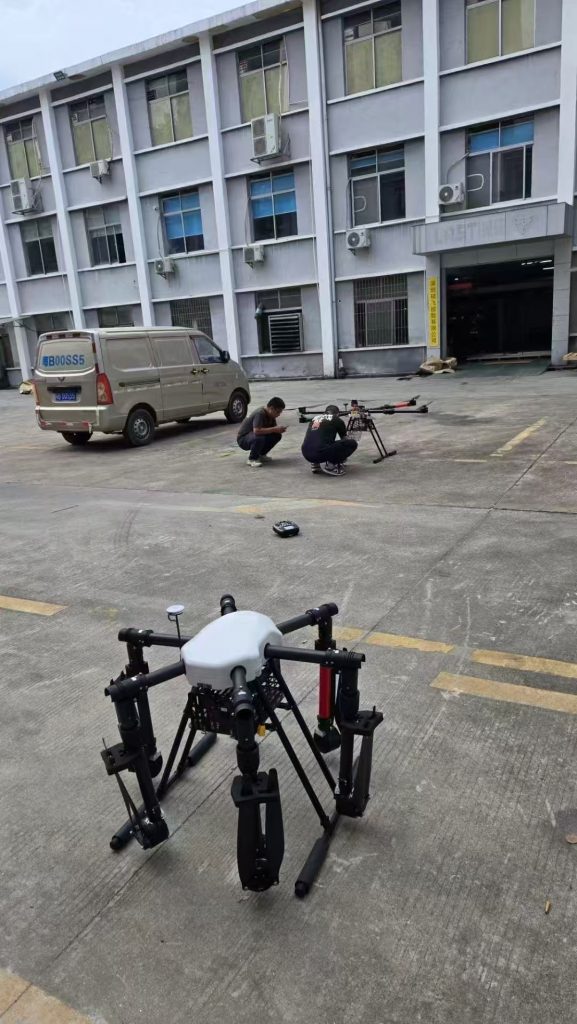
Introduction
The rise of agricultural drones in pesticide application has revolutionized precision farming, but with innovation comes responsibility. To operate legally and sustainably, manufacturers must adhere to stringent pesticide drone compliance standards. This article explores global regulations, technical requirements, and best practices to help manufacturers align with international standards while highlighting the role of Chinese agricultural drone innovators in shaping the future.
—
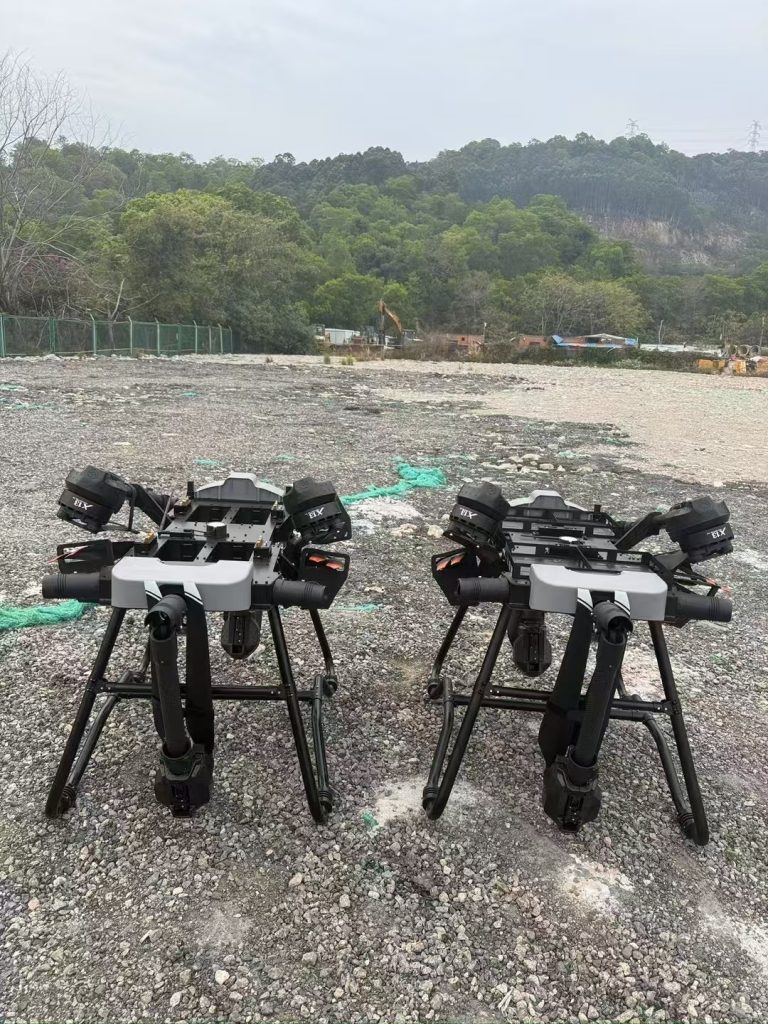
1. Understanding Global Regulatory Frameworks
Compliance begins with understanding regional regulations. Here’s a breakdown of key frameworks shaping the industry:
a. China: Leading the Charge in Drone Regulation
China’s Civil Aviation Administration (CAAC) enforces strict rules for pesticide drones, including:
– Registration: All drones over 250 grams must be registered with unique identification numbers.
– Operational Limits: Pilots require certifications, and flights are restricted to daylight hours with visual line-of-sight (VLOS).
– Safety Standards: Drones must pass electromagnetic compatibility (EMC) and radio frequency (RF) tests to prevent interference.
b. United States: FAA Part 107 and Beyond
The Federal Aviation Administration (FAA) mandates:
– Remote Pilot Certification: Operators must pass the Part 107 Remote Pilot exam.
– No-Fly Zones: Drones cannot enter restricted airspace without FAA authorization.
– Weight Restrictions: Commercial drones must weigh under 55 lbs (25 kg).

c. European Union: CE Marking and EASA Guidelines
The European Union requires CE marking, confirming compliance with:
– EMC Directive: Ensures drones do not emit harmful interference.
– Radio Equipment Directive (RED): Mandates compliance with spectrum regulations.
– Sustainability Standards: Eco-design requirements minimize environmental impact.
d. Other Regions: ASEAN, Australia, and Beyond
Emerging markets like ASEAN nations are adopting localized standards, often aligning with international bodies like the International Civil Aviation Organization (ICAO).
—
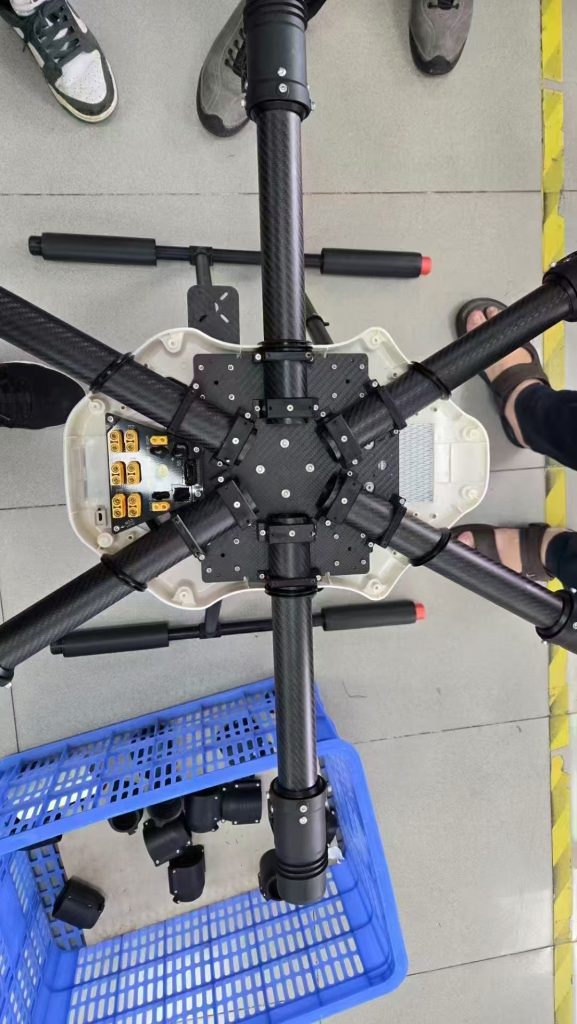
2. Key Technical Compliance Requirements
To meet global pesticide drone standards, manufacturers must prioritize:
a. Safety Systems
– Obstacle Avoidance: AI-powered sensors and multi-camera systems to prevent collisions.
– Geofencing: GPS-enabled restrictions to avoid no-fly zones.
– Fail-Safes: Automatic return-to-home (RTH) and payload release mechanisms during malfunctions.
b. Performance Metrics
– Precision Spraying: Variable-rate nozzles and real-time monitoring to optimize pesticide use.
– Payload Capacity: Drones must balance weight limits with operational efficiency (e.g., 10–30 kg payloads).
– Battery Safety: Compliance with lithium-ion battery standards (UN38.3) to prevent thermal runaway.
c. Data Transparency
– Flight Logging: Drones must record flight paths, spray coverage, and operator details for audits.
– Software Updates: Regular firmware updates to address vulnerabilities and improve compliance.
—
3. Strategies for Achieving Compliance
Chinese manufacturers can leverage their technological edge to meet and exceed standards:
a. Collaborate with Regulators Early
Engage with agencies like CAAC or FAA during R&D to align designs with evolving requirements.
b. Invest in Smart Farming Integration
Incorporate IoT-enabled drones that sync with farm management software, providing actionable data while simplifying compliance reporting.
c. Prioritize Certifications
Obtain globally recognized certifications (e.g., ISO 9001 for quality management) to build trust with international buyers.
d. Educate End-Users
Provide multilingual training modules on compliance protocols, emergency procedures, and local regulations.
—
4. The Future of Drone Compliance in Agriculture
The industry is moving toward AI-driven automation and blockchain-based traceability to enhance compliance. For instance:
– Predictive Analytics: Drones that adjust pesticide application based on weather and crop health data.
– Digital Twins: Virtual replicas of drones for real-time safety monitoring.
Chinese manufacturers are at the forefront, developing cost-effective solutions that balance innovation with regulatory adherence.
—
Conclusion
Mastering pesticide drone compliance standards is essential for market access and brand reputation. By integrating advanced safety features, adhering to regional regulations, and prioritizing transparency, Chinese agricultural drone factories can lead the global transition to sustainable, tech-driven farming.
Call to Action:
Ready to elevate your compliance strategy? Partner with trusted manufacturers who prioritize innovation, safety, and global standards. Explore our range of CE, FAA, and CAAC-certified drones tailored for precision agriculture.
—
Keywords: pesticide drone compliance standards, agricultural drone regulations, drone pesticide application, drone safety standards, agricultural drone certification, precision farming technology.
Optimize Further:
– Include internal links to product pages (e.g., “CAAC-Certified Sprayer Drones”).
– Add a FAQ section targeting long-tail keywords like “How to certify agricultural drones in Europe.”
– Share case studies of compliant drones reducing pesticide waste by 30%.
THE END
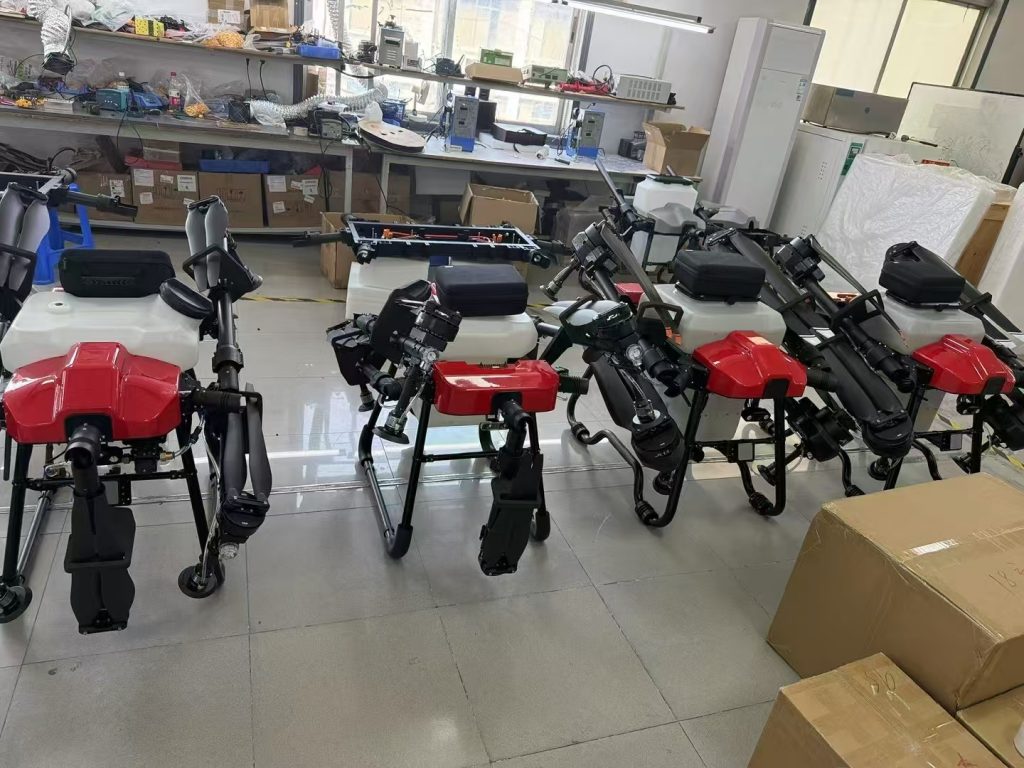

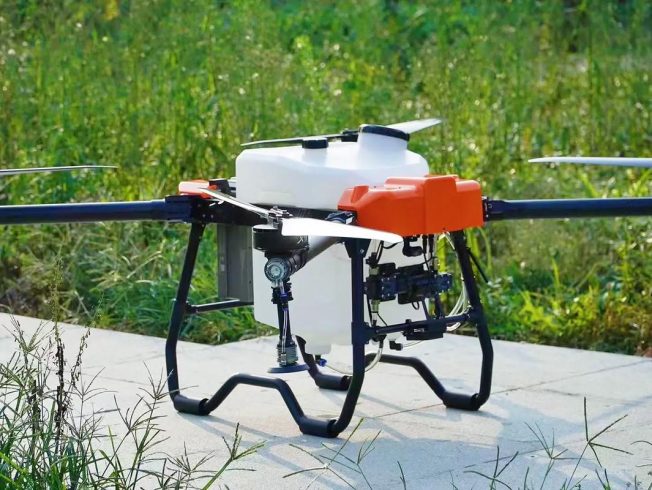
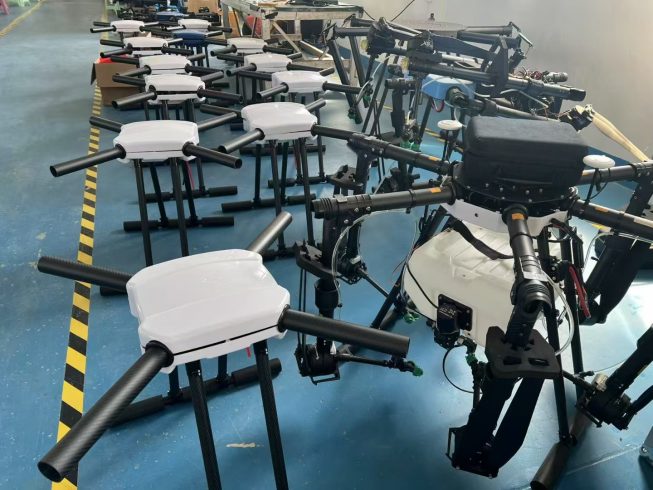
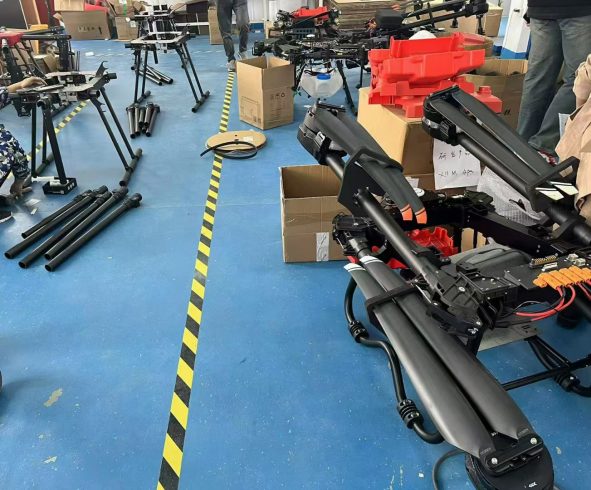
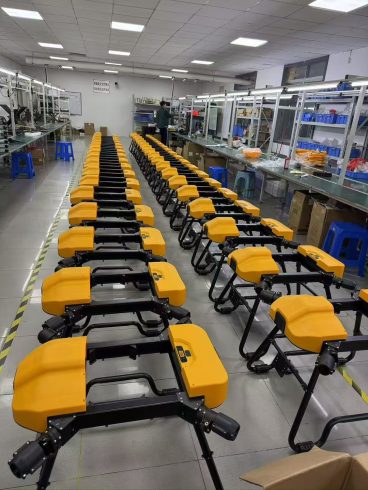

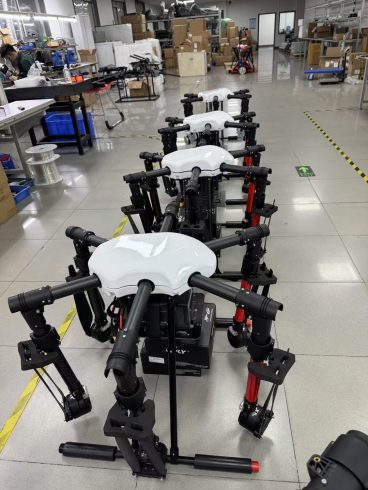
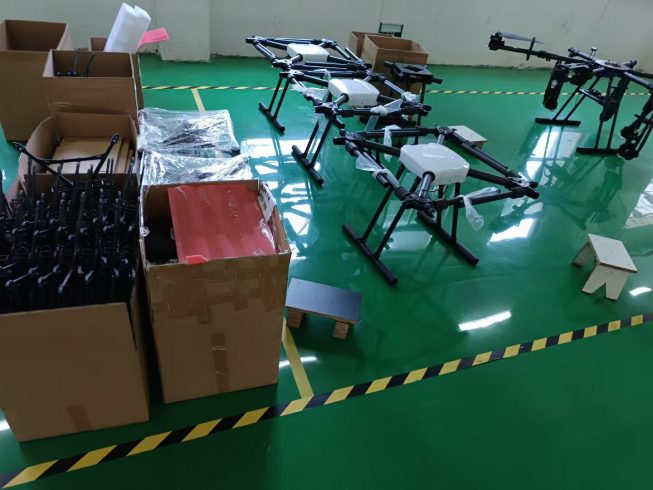

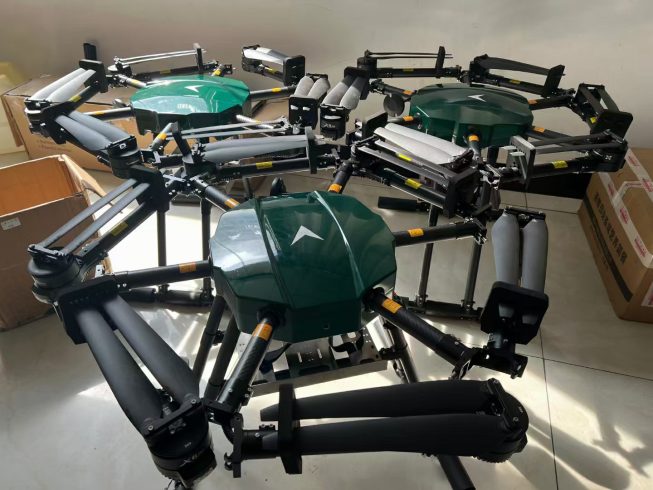
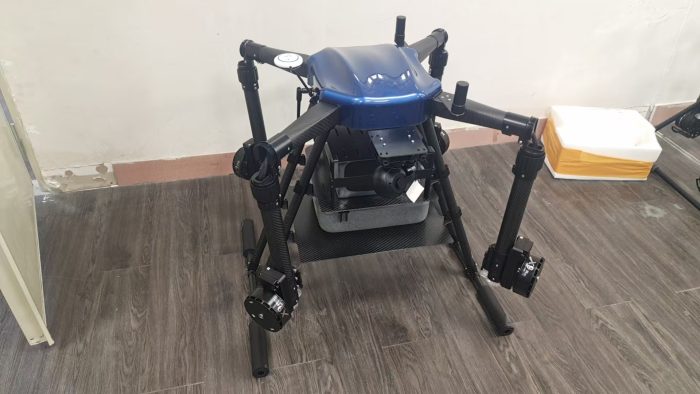

暂无评论内容